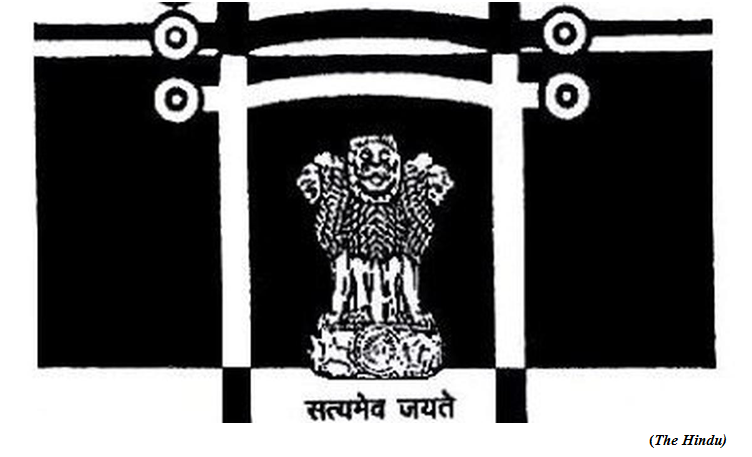Soil tainted by air pollution releases carbon finds new research (GS Paper 3, Environment)

Why in news?
- According to a recent research, nitrogen released by gas-powered machines causes dry soilto let go of carbon and release it back into the atmosphere, where it can contribute to climate change.
Details:
- Industrial manufacturing, agricultural practices, and significantly, vehicles, all burn fossil fuels that release nitrogen into the air.
- As a result, levels of nitrogen in Earth’s atmosphere have tripled since 1850. The research team wanted to understand whether this extra nitrogen is affecting soil's ability to hold onto carbon and keep it from becoming a greenhouse gas.
- They found that under certain conditions, extra nitrogen causes dryland soil to acidify and leach calcium. Calcium binds to carbon, and the two elements then leave the soil together.
How research was conducted?
- To obtain their results, they sampled soil from ecological reserves near San Diego and Irvine that have been fertilized with nitrogen in long-term experiments. This allowed them to know precisely how much nitrogen was being added, and account for any effects they observed.
- In many cases, nitrogen can affect biological processes that in turn influence how soil stores carbon. Such processes include the fueling of plant growth, as well as slowing down the microbes that help decompose dead things in the soil.
- In general, soils resist dramatic changes in pH by releasing elements like calcium in exchange for acidity. As nitrogen acidified soils at some of the sites in this study, the soil attempted to resist this acidity by releasing calcium. As it did so, some of the carbon stabilized by association with the calcium was lost.
Dryland soil:
- Dryland soil, characterized by limited ability to retain moisture and low levels of organic matter, covers roughly 45 per cent of Earth's land area.
- It is responsible for storing a large amount of the world's carbon.
Way Forward:
- Future studies may shed more light on how much dryland soil is being affected by nitrogen pollution in the way the study plots were.
- However, since there is no quick fix for this phenomenon, and no clear way to reverse the process once it has begun, researchers recommend reducing emissions as much as possible to help soil retain its carbon stores.
ASI decides to form special panel to trace and certify 24 ‘missing’ monuments
(GS Paper 1, Culture)
Why in news?
- The Archaeological Survey of India (ASI) has decided to form a special committee to trace and certify 24 protected monuments which have gone “missing”.
- The decision comes after repeated red flags by a parliamentary committee as well as criticism from the Economic Advisory Council to the Prime Minister.

Key Highlights:
- There are at present 3,693 Centrally protected monuments and sites in the country.
- The committee would be formed of internal experts of the ASI and would be headed in all probability by the Director-General of the ASI.
- It would survey the missing 24 monuments and certify them as ‘found’ or ‘not found’.
- In case a monument is ‘not found’, then a process would be initiated to denotify them through the parliamentary procedure.
Background:
- The report of the CAG in 2013 stated that 92 protected monuments were missing. However, the ASI has traced 68 monuments and 24 are not yet traced.
- Citing a performance audit of the Comptroller and Auditor-General of India (CAG) which had included a joint physical inspection along with the ASI of over 1,655 monuments and sites, the Rajya Sabha Standing Committee on Transport, Tourism and Culture said it was “perturbed” to find that the Barakhamba Cemetery in the very heart of the capital city was among the untraceable monuments.
- Some of the other missing monuments are the ruins of a temple circle in Uttar Pradesh’s Mirzapur dating to AD 1000, two Kos Minars (one in Faridabad’s Mujesar and the other in Kurukshetra’s Shahabad), a 12th century temple in Rajasthan’s Baran and the InchlaWaliGumti at MubarakpurKotla in the capital.



